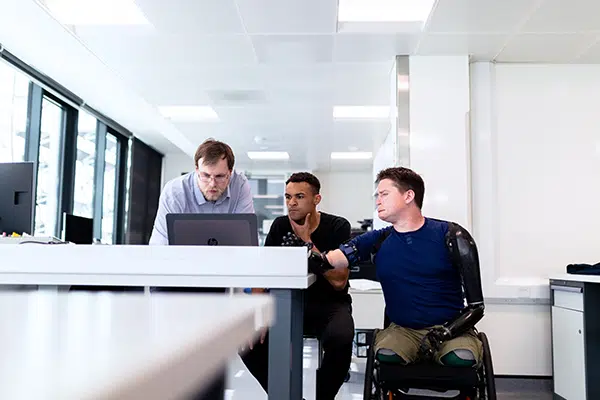Since the pandemic, variable occupancy has become a key issue for building optimization. Yet, operations and maintenance leaders recognize that fluid occupancy levels can occur for many reasons.
Some are short-term—for example, when severe weather strikes—while others can last longer.
Let’s consider a range of contexts that can drive variable occupancy.
Unplanned Situations
Business continuity often requires a flexible approach on short notice. If a lightning strike wipes out power, employees may be safer and more productive working from home. Or, if major roadworks or a traffic accident causes delays in getting to work, the organization may suggest remote working.
People Considering Retirement
When employees are considering whether to take retirement or extend their service, a soft approach can help encourage them to continue working. This can be especially beneficial in job markets with large numbers of vacancies and low levels of qualified candidates. A retention-based approach can also help enable access to niche skill sets.
Diversity Retention
Working parents (mothers, in particular) and people of color are among those who say that rigid work policies are likely to drive attrition, according to the Future Forum Pulse Report. Flexible locations and scheduling can benefit the retention of a diverse workforce.
Employees with Disabilities
Employees in this talent pool may need additional support during a health crisis. A flexible work pattern can help people with disabilities—and their families—feel safe about returning to work.

Photo by ThisisEngineering RAEng on Unsplash
Perhaps your organization has committed to flexible working. Perhaps it plans to explore new policies. Either way, your expertise will help ensure the organization generates maximum value and flexibility from facilities management.
As a facilities manager, you can help the workplace be ready to flex up or down. Read on to discover some of the key areas of consideration for managing variable occupancy in an optimized building.
Schedule Optimization
From an operations perspective, running a building involves a strong budget management component. The cost of running a building becomes higher as occupancy decreases—particularly if all other building systems remain unchanged.
Once you’re able to anticipate and monitor expected usage, you can make cost-saving adjustments to essential building systems. You’ll be in a stronger position to estimate daily occupancy if you use desk-booking technology.
Anticipate how many people will be using the space at any given time by using scheduling software. This allows users to book desks and office space in advance. Based on this information, you can then choose not to energize certain parts of the facilities that won’t be in use.
Energy Management
With a clear understanding of scheduled occupancy, you can then optimize energy usage around the building. This includes heating and cooling—and even irrigation, as well.
Smart technology lets you monitor energy consumption on a local basis.
If your building accommodates 100 people on two floors, but only 50 people will be in the office, you could minimize or turn off energy usage on the second floor. Let your colleagues know this floor will not be in use, in line with the organization’s environmental commitments.
Smart tech systems also let you check whether doors are opened or closed. During a severe weather situation, or other active situation, you should be able to respond quickly and remotely.
Air Quality
Which parts of the building will be in active use today? How you can ensure optimal filtration levels? Facilities managers must plan ahead for the number of staff on site each day and what zones they will occupy. You can then use technology and controls to adjust local airflows. This aspect of building optimization helps ensure a safe environment for all occupants.
Work Order Software
Offering utmost flexibility, smart spaces allow you to monitor local usage and respond to urgent issues from anywhere in the world. Work order software allows users to report issues. The facilities team can then create and triage tickets based on incoming requests.
As an example, thermostats can be managed remotely via work order-based software. You can also respond to reports of faulty equipment.
Variable Occupancy and Building Optimization
Organizations must be flexible enough to support evolving needs. From navigating a pandemic or short-term situation, to planning the next stage of growth, many scenarios can lead to fluid occupancy levels.
With the right planning and communication, a flexible approach to variable occupancy can benefit workers, while helping deliver on wider business objectives.
Well-designed plans for variable occupancy can help:
- Retain top talent
- Achieve diversity goals
- Act on environmental commitments
Give your organization a competitive advantage by optimizing buildings for variable occupancy.
Let’s Talk Business
Acknowledge the role your colleagues play in helping conserve energy. Send a note of thanks via chat, email, or by posting a note on the Intranet. Use your smart tech to measure and communicate how much energy they’ve helped save.